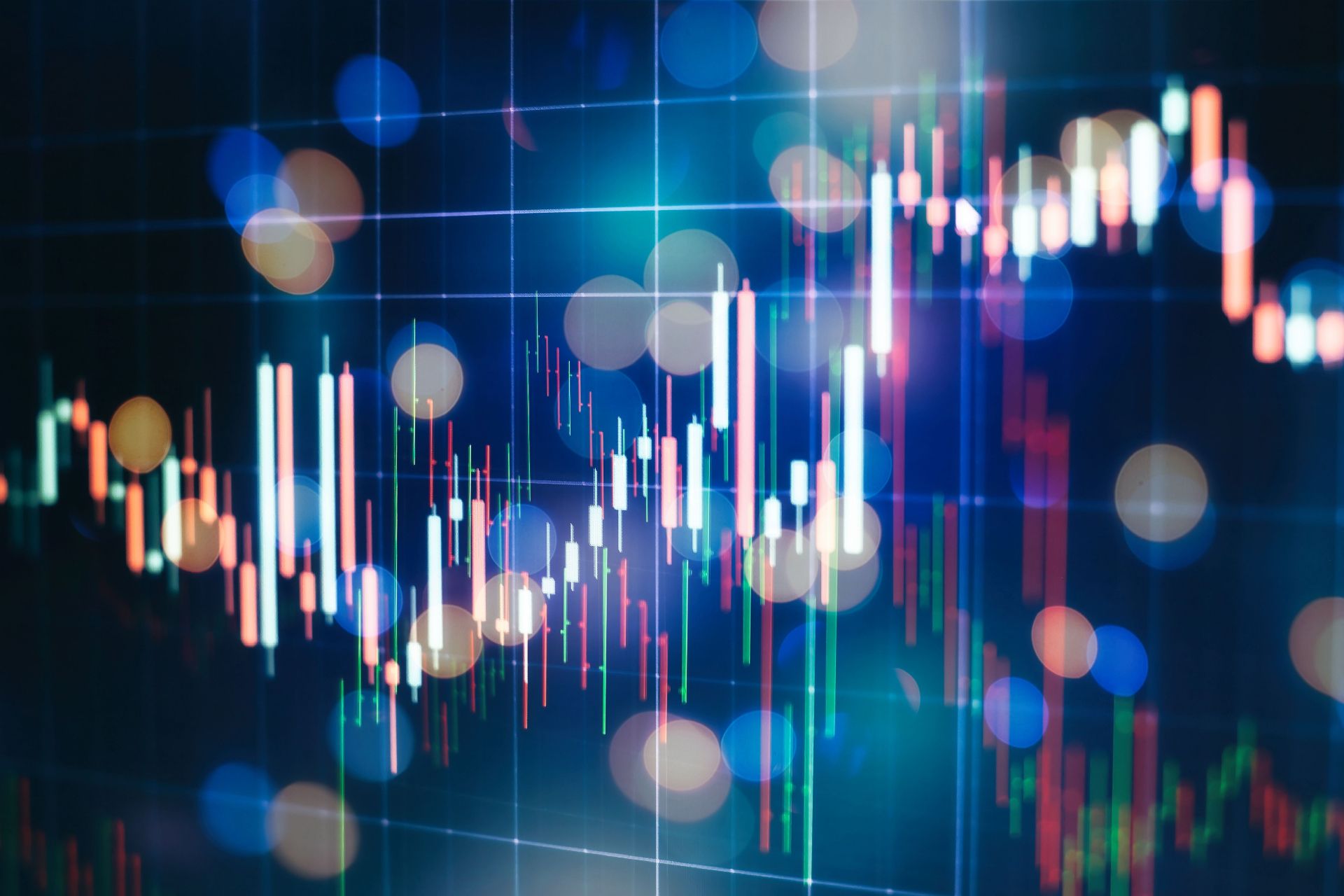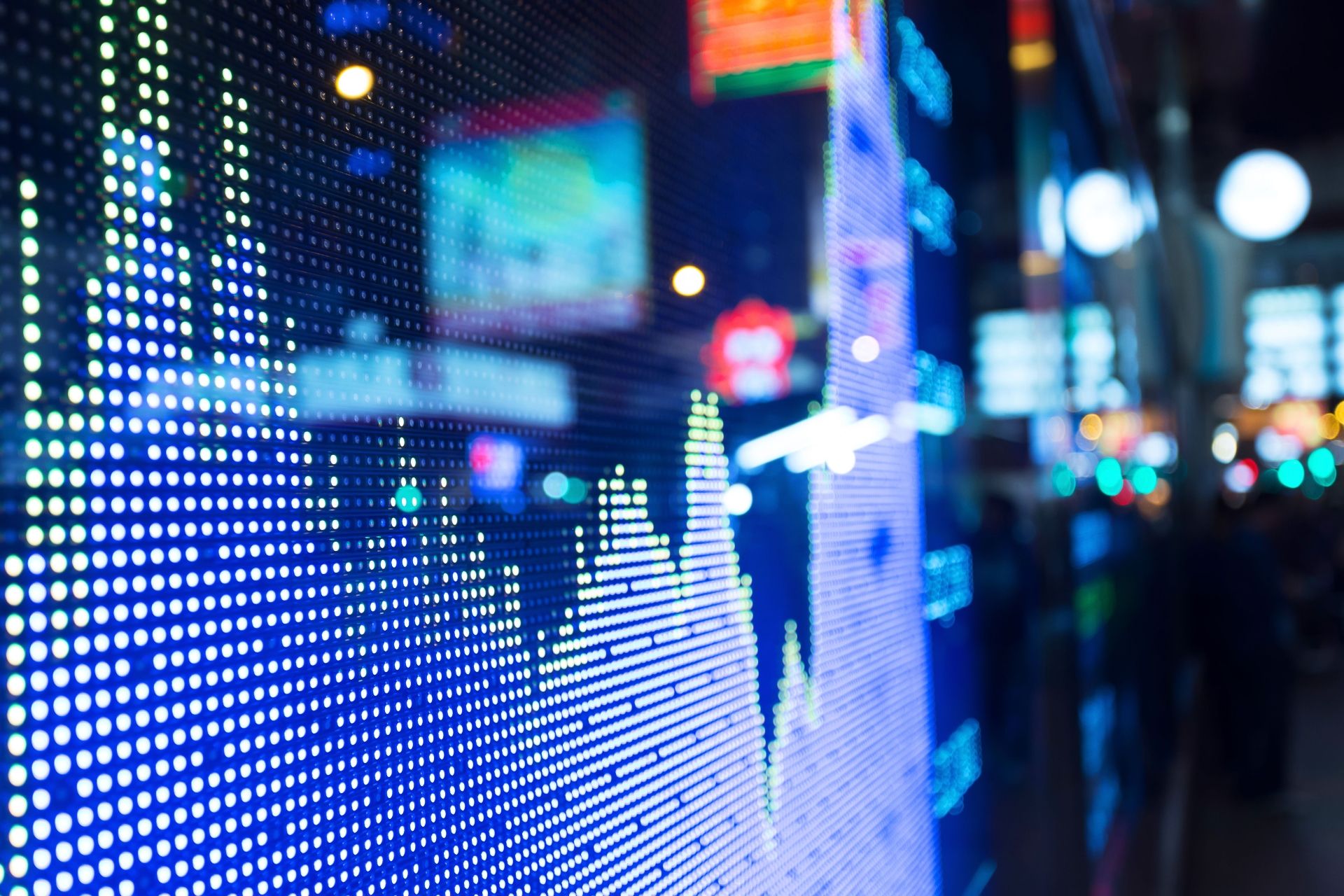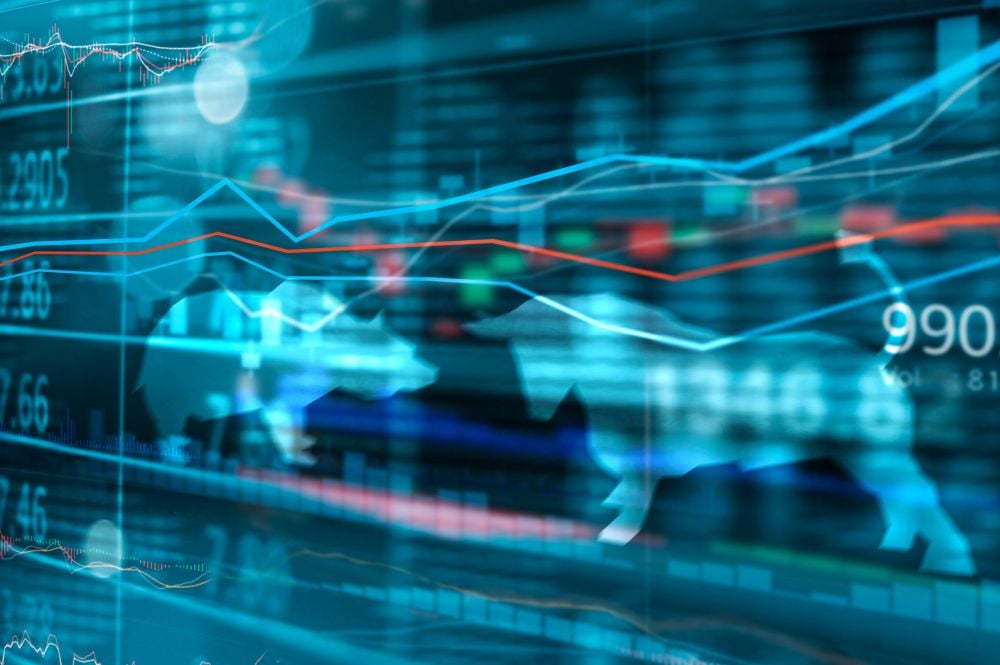Commodity prices have rallied this year, initially driven by stimulus spending and a weaker US dollar, leading to suggestions that 2021 might see the beginning of a commodity super-cycle.
Oil, liquified natural gas, iron ore and copper have rallied in response to the supply and demand pressures of the economic cycle. The ongoing impacts of the pandemic, the re-opening the global economy and the gradual return to the new post-vaccine normal, could all contribute to increased demand for these resources.
But with investors prioritizing assets affiliated with environmental, social and governance (ESG) and sustainability principles, it is unlikely investments linked to fossil-based energy production and consumption will benefit as much as commodities linked to renewable energy sources.
The Asset recently spoke to Mike Townshend, portfolio manager and equity analyst, Foord Asset Management, about how Asian investors can navigate through the commodity market and whether the environmental impact of extracting commodities may moderate ESG investor interest.
TA: Is the stage really set for further gains in commodities prices this year?
MT: The remainder of this year is likely to be a particularly interesting one across the commodity complex. Many commodities, such as copper, aluminium, iron ore, steel, grain prices and even Brent crude, are close to multi-year highs. In my opinion, the supply and demand fundamentals of each commodity needs to be analyzed independently to determine whether there will be further gains this year.
I do not believe it is an environment in which the entire commodity complex will rise concurrently (as witnessed in the early 2000s). The grains are obviously impacted by seasonal weather variations, while a commodity like oil has significant spare capacity. The rate at which OPEC+ releases this back into the market will influence oil prices. Other commodities such as iron ore are trading at extraordinarily high prices which will inevitably draw new supply into the market and push prices down to more realistic levels.
TA: Can Asia be a dominant driver of commodities markets for the rest of 2021, or will Covid-19 temper this growth?
MT: Asia is likely to remain the dominant driver across most of the commodity complex for the foreseeable future. China’s astounding growth over the past two decades has meant it has long replaced the US as the largest consumer of most commodities. Strong economic growth in other economies in East Asia will supplement the strong demand coming from China and ensure Asia directs the momentum in commodity markets.
TA: What are the best commodities to invest in to ride the ESG momentum?
MT: Copper is the clearest winner in this environment and benefits in multiple ways. Battery electric vehicles (BEVs) contain significantly more copper wiring than internal combustion engines (ICEs). And renewables, such as wind and solar farms, require lots of copper and are often located far from existing grid infrastructure, which needs to be expanded to incorporate these new power sources. These are new growth areas for copper, which, in addition to the base-load demand from building construction and electrical appliances, should ensure demand growth remains strong.
TA: Which commodities do you think investors should consider obsolete in the next decade?
MT: The importance of different commodities to society has varied significantly over the centuries. Commodities like gold, copper and iron ore have been used constantly across most societies for many centuries. Others such as oil have only really become important since the start of the 20th century with the rise of ICEs.
More recent emphasis on BEVs has raised demand for lithium and cobalt, two commodities crucial for the development of batteries but largely overlooked in the past. Since new uses for ‘old’ commodities constantly evolve, it is difficult to determine if any one commodity will become obsolete.
Having said that, the energy complex is facing a fundamental reset as the world adjusts to the pressures of climate change and reducing carbon emissions. Burning of thermal coal for power generation is one of the world’s biggest sources of carbon emissions. This is the commodity that should come under the toughest scrutiny over the next few decades.
Roughly eight billion tons of coal is mined every year, of which 50% is consumed in China. While it remains a critically important energy source to the Chinese economy, Europe and the US have managed to largely wean themselves off this dirty commodity. The Chinese are trying to diversify their energy sources away from thermal coal towards renewables, but it will be decades before this can be achieved in any meaningful way.
ESG concerns have made thermal coal largely un-investable to equity investors who are in turn pressurising corporates to divest their interests in this commodity (recent examples include Anglo American and BHP). Thermal coal is likely to remain an important energy source for another few decades, but it should become significantly less important towards the middle of the century.
TA: Can a diversified portfolio of commodities counter the threat of rising inflation?
MT: In an environment where the dollar is likely to come under sustained pressure, a diversified portfolio of commodities could be used to counter the threat of inflation. Investors should always bear in mind that commodities, unlike equities and bonds, do not provide any yield and, therefore, any returns will purely arise from price gains.
TA: Are there any ‘unkown’ commodities that investors should invest in now?
MT: Two smaller commodities that are not analyzed in much depth are zircon and ilmenite. Zircon is used in ceramics while ilmenite is the main source of titanium dioxide, which is used as an opacifier in paints, printing inks, paper and cosmetics.
Both minerals are mined together with Rio Tinto being the world’s largest producer from their mineral sands operations at Richard’s Bay on the east coast of South Africa. These are not core operations to Rio and were recently closed as a result of violence in the region.
Uncertainty about the sustainability of these operations could lead to supply shortfalls of these two commodities.









